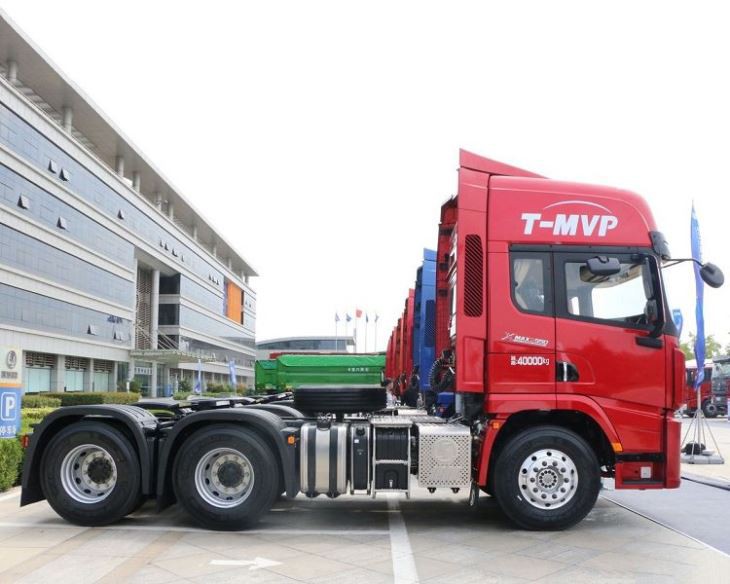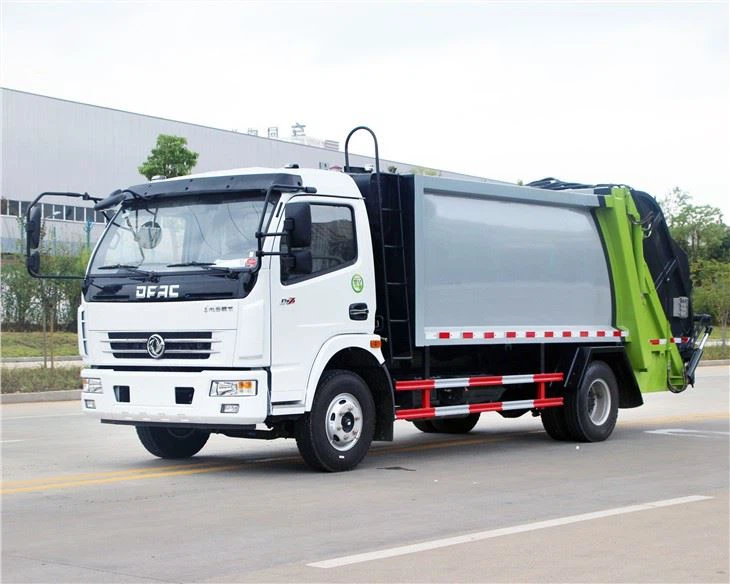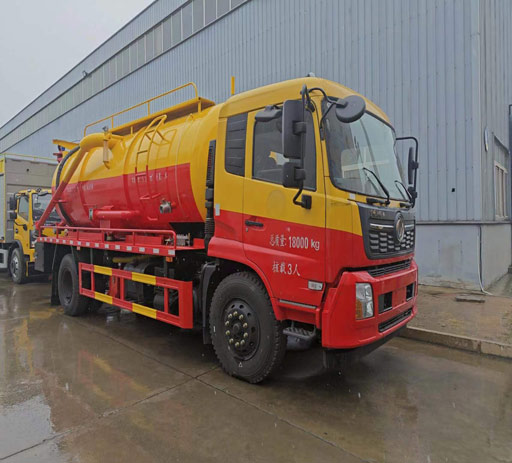Complete Guide to Oil Tank Trailers: Features, Types, and Safety

Introduction
The oil tank trailer is an essential piece of equipment used for transporting petroleum products, including crude oil, diesel, and other types of fuel. As the demand for oil continues to rise globally, understanding the intricacies of oil tank trailers becomes increasingly important. This comprehensive guide will explore everything you need to know about oil tank trailers, including their features, types, safety considerations, and more. Whether you are a fleet manager, a logistics expert, or simply someone interested in the oil industry, this article provides valuable insights into the world of oil tank trailers.
1. What is an Oil Tank Trailer?
An oil tank trailer is a specially designed vehicle for transporting liquid petroleum products from one location to another. These trailers are built with robust materials to withstand the corrosive nature of oil and to maintain safety standards. Their design also includes compartments to separate different types of fuel, enhancing logistical efficiency.
1.1 Purpose of Oil Tank Trailers
The primary purpose of oil tank trailers is to facilitate the safe and efficient transport of oil and fuel across various distances. They play a vital role in supply chains, helping distribute fuel to gas stations, refineries, and other important facilities.
1.2 Key Components of Oil Tank Trailers
- Tank Body: Made from heavy-duty aluminum or steel.
- Chassis: Provides structural integrity and supports the tank.
- Valves and Piping: For loading and unloading the product.
- Safety Features: Such as spill containment and pressure relief valves.
2. Types of Oil Tank Trailers
Oil tank trailers come in various designs to meet specific cargo requirements. Understanding the different types can help you make informed decisions when selecting a trailer.
2.1 Single Tank Trailers
Single tank trailers are ideal for transporting one type of fuel at a time. They typically have a larger capacity compared to other types and are widely used for regional deliveries.
2.2 Multi-Compartment Trailers
These trailers feature separate compartments for storing multiple types of fuel. This design allows for the transport of diesel, gasoline, and other products simultaneously, making them versatile for logistics companies.
2.3 Vacuum Tank Trailers
Vacuum tank trailers are specially designed to transport liquid materials under pressure. They are commonly used for transporting waste oil and other hazardous materials.
2.4 B-Bituminous Tank Trailers
These trailers are equipped with a heating system to transport materials that become solid or viscous at lower temperatures. This is particularly useful for transporting asphalt and similar products.
3. Advantages of Using Oil Tank Trailers
Using oil tank trailers comes with several benefits that can enhance operational efficiency and safety.
3.1 Increased Efficiency

Oil tank trailers can transport larger quantities of fuel than standard tank trucks, reducing the number of trips needed, which in turn lowers transportation costs.
3.2 Improved Safety
Modern oil tank trailers are equipped with advanced safety features that minimize the risk of spills and accidents during transportation.
3.3 Versatility
The ability to transport different types of fuels in one trip allows fleet managers to optimize routes and reduce downtime for their vehicles.
4. Safety Considerations for Oil Tank Trailers
Safety is paramount when it comes to transporting fuel. Here are some practical safety considerations to keep in mind.
4.1 Regular Maintenance
Performing routine inspections and maintenance checks is crucial for identifying potential problems before they lead to accidents.
4.2 Training and Certification
Drivers should undergo proper training to handle hazardous materials, including the use of personal protective equipment (PPE).
4.3 Emergency Response Plans
Companies should have comprehensive emergency response plans in place to address potential spills or accidents swiftly.
4.3.1 Spill Kits and Equipment
Having the right spill kits readily available will ensure that drivers can respond promptly in case of a spill.
5. Legal Regulations and Compliance
Various laws and regulations govern the transportation of oil and petroleum products. Adhering to these regulations is crucial for safety and legal compliance.
5.1 Federal Regulations
The Department of Transportation (DOT) has established guidelines for transporting hazardous materials, including oil. Adherence to these rules is mandatory.
5.2 State Regulations
Different states may have specific regulations regarding the transportation of oil. It’s critical to check with local authorities before undertaking shipments.
6. How to Choose the Right Oil Tank Trailer
Selecting the appropriate oil tank trailer involves evaluating multiple factors to ensure that it meets your operational needs.

6.1 Determine Your Load Requirements
Assess what types of fuel you need to transport and their volume to ensure the trailer can accommodate your needs.
6.2 Consider the Trailer’s Features
Evaluate essential features such as material, capacity, and safety features to find a trailer that aligns with your requirements.
6.3 Budgetary Considerations
Pricing can vary significantly based on features and specifications. It’s advisable to set a budget and explore options within that range.
7. Maintenance Tips for Oil Tank Trailers
Regular maintenance is vital for ensuring the longevity and efficiency of oil tank trailers.
7.1 Regular Inspections
Conducting thorough inspections before and after trips can help identify issues early.
7.2 Cleaning and Decontamination
Regularly cleaning the interior of the tank is crucial for preventing contamination of the transported product.
7.3 Tire and Brake Maintenance
Check tire pressure and brake functionality as part of routine maintenance checks to ensure safety during transport.
8. Future Trends in Oil Tank Trailers
The oil and transport industry is constantly evolving. Here are some future trends to watch for in oil tank trailers.
8.1 Enhanced Safety Features
Advancements in technology will likely lead to the incorporation of more sophisticated safety features in tank trailers.
8.2 Eco-Friendly Trailers
As sustainability becomes a priority, manufacturers are expected to develop eco-friendly oil tank trailers that minimize environmental impact.
8.3 Automation and Telematics
Increased use of automation and telematics will improve monitoring and operational efficiency for fleet management.
9. Practical Examples of Oil Tank Trailer Applications
Understanding real-world applications can provide better insights into how oil tank trailers are used.
9.1 Transporting Crude Oil from Fields to Refineries
Oil tank trailers are commonly used in the oil industry to transport crude oil from extraction sites to refineries, where it is processed into usable fuel and other petroleum products.
9.2 Fuel Delivery to Retail Gas Stations
Logistics companies utilize oil tank trailers to regularly deliver gasoline and diesel to gas stations, ensuring consumers have access to fuel.
9.3 Waste Oil Collection
Vacuum tank trailers are often deployed in collecting waste oil from auto shops and industrial facilities for recycling or safe disposal.
10. FAQ: Oil Tank Trailers
10.1 What is the average capacity of an oil tank trailer?
The average capacity of an oil tank trailer typically ranges between 5,000 to 11,000 gallons, depending on the design and purpose.
10.2 Can oil tank trailers be used for transporting other liquids?
Yes, oil tank trailers can be designed to transport various liquids, including chemicals and water, provided they comply with safety regulations.
10.3 What are the most important safety features of an oil tank trailer?
Key safety features include pressure relief valves, spill containment systems, and robust construction materials to prevent leaks.
10.4 How often should oil tank trailers undergo maintenance?
Regular maintenance checks should be performed at least once a month or after every trip, depending on usage intensity.

10.5 Are there regulations for transporting oil?
Yes, both federal and state regulations govern the transportation of oil, including safety and material handling standards.
10.6 What qualifications should drivers have for operating oil tank trailers?
Drivers should have appropriate CDL licenses and certifications in handling hazardous materials to ensure compliance with legal requirements.
Conclusion
In summary, oil tank trailers are integral to the petroleum transportation industry, and understanding their various aspects—from types and safety to regulations and maintenance—can ensure successful operations. By keeping up with best practices and trends, stakeholders can enhance efficiency and safety in this vital industry.
